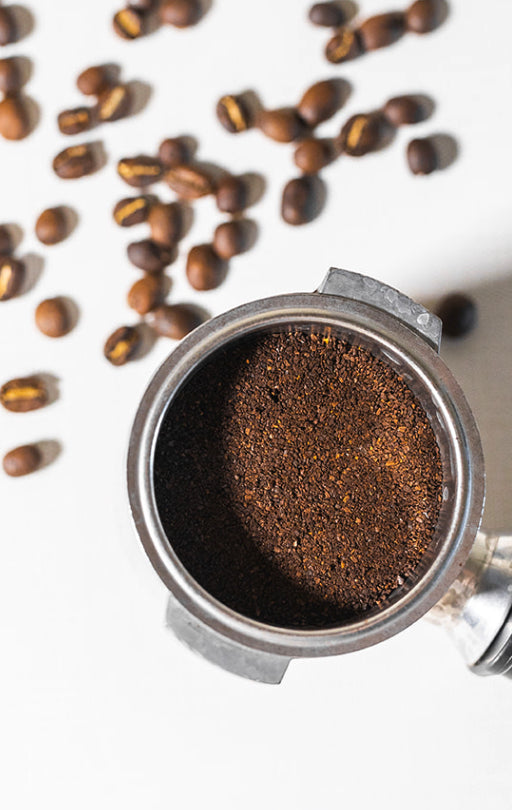It would be madness to say that an orchestra is just a bunch of noise. That it is the inevitable result of strings being pulled, wind blowing through tubes, and some wood holding it together. And yes, orchestras emit a lot of noise, but when the conductor raises the baton, those same sounds unfold into something breathtakingly beautiful.
To call a new human life a clump of cells is to make the same mistake. Beneath the microscope, you might see mere division, a multiplying of cells, a hum of biology. But to those who know what they’re witnessing, it’s not chaos at all. It’s the first movement of a symphony composed and directed by the very architecture of life. The DNA within those cells isn’t random, it’s an intricate score, composed once in all of history, never to be repeated.
Every person’s life begins as a biological orchestra. Every note is encoded, every rhythm guided, every crescendo anticipated. It’s science, but it’s also a wonder.
The Moment the Music Begins
At conception, two cells — one from the mother, one from the father — meet in a moment that is both microscopic and magnificent. Their nuclei merge, and from that instant, a brand-new genetic code is written.
This single cell, called a zygote, contains the complete genetic blueprint for a human being: about 3 billion base pairs of DNA arranged into 23 pairs of chromosomes. One from each parent. The result? A combination so specific that it has never existed before in the history of the universe and will never exist again.
That means that from the first day, the DNA within that tiny cell already defines everything that makes this life unique: the shade of their eyes, the pitch of their laugh, the way they’ll metabolize food, how they’ll respond to sunlight, how they’ll heal from a wound.
To say “life begins at conception” isn’t a statement of belief; it’s a statement of biology. It’s an acknowledgement of when the orchestra begins to play.
The Code That Makes You, You
Every cell in your body — all 30 trillion of them — carries the same 3 billion letters of DNA. That DNA is like a script written in the letters A, T, C, and G, and the way those letters are arranged tells each cell how to behave, what to become, and when to rest.
The Human Genome Project revealed that only 0.1% of our DNA differs from one person to another. But that 0.1% accounts for every visible and invisible difference among billions of humans. Your fingerprints, your immune response, the foundation of your personality. All are encoded in that fraction.
Even identical twins, who begin with the same genetic blueprint, diverge as life unfolds. Tiny chemical markings called epigenetic tags modify how their DNA is read over time. Experience, nutrition, and environment make the music of their genes play just a little differently. It is a duet instead of a solo.
So when a child’s DNA forms, it’s not merely a combination of two parents. It’s a one-of-a-kind score that will never be played in the same way again.
Self-Organization: The Orchestra Tunes Itself
Science continues to discover new reasons to marvel at this early stage of life. Researchers at the Hubrecht Institute and Helmholtz Munich have shown that within hours of fertilization, the embryo’s DNA begins to self-organize. It arranges itself within the nucleus with remarkable precision.
Like musicians finding their places before a concert, strands of DNA position themselves to prepare for the first notes of gene expression. This architecture allows the cell to begin dividing and differentiating — becoming bone, heart, brain, and skin — all while keeping the same DNA sequence intact in every cell.
And even before a mother knows she is pregnant, this self-directed orchestra is already playing an intelligent choreography of growth, rhythm, and perfect timing.
Epigenetics: The Conductor’s Hand
If DNA is the sheet music of life, epigenetics conducts it by determining when each instrument plays and how loud.
From conception onward, chemical signals in the embryo act like cues: turn this gene on, silence that one, amplify another. These molecular “markings” don’t change the notes themselves, but they profoundly affect how the music is expressed.
By the fifth or sixth day after conception, the embryo begins activating its own genome, transitioning from relying on maternal RNA to conducting its own performance. This is called embryonic genome activation, and it’s when the symphony truly becomes self-sustaining.
By then, the embryo is already forming distinct types of cells. Some of these cells are destined to become the baby, others to form the placenta. Yet every cell carries the same, unrepeatable DNA, the same original composition.
Continuity: A Single, Unbroken Song
One of the most awe-inspiring truths of biology is that life is continuous. There is no magical switch from “non-living” to “living,” or from “non-human” to “human.” There is only an unbroken process of development, guided by the DNA established at conception.
Within 24 hours, that zygote divides into two cells, then four, then eight. All replicating the same genetic code. By the time the embryo reaches the uterus, it’s a small cluster of 100–200 cells, each harmonizing in function and form. By the second week, those cells begin to organize into layers that will become the organs, muscles, and skin.
And by seven weeks (*winks*), the baby’s DNA has directed the building of a tiny beating heart. This heartbeat echoes the rhythm of the human story and once it stops, it’s all over.
To call that a “clump of cells” is like calling Tchaikovsky's Pas de Deux “just noise.” It’s not noise. It’s something breathtaking. It’s something that moves the heart and evokes tears across time and place.
The Dignity Written in the Code
When we understand the precision and intentionality within the first moments of human life, it becomes impossible to see those early stages as anything less than sacred.
From the moment of conception, a child’s intrinsic worth and dignity is already written in their DNA. They are not valuable because they are loved or wanted; they are valuable because they exist.
The relational aspect of conception — one cell from the mother, one from the father — also tells a story. Life begins in relationships. Each human being is born of connection, carrying the genetic memory of two lineages united in one person. Science and faith both whisper the same truth: life is not solitary, it is always shared.
What Science Invites Us to See
Modern discoveries don’t diminish the mystery of life; they deepen it. Every strand of DNA is a testimony to order in the midst of apparent chaos. It’s a biological poetry of sequence and symmetry, and the more we understand it, the more awe inspiring it gets.
-
The same DNA that directs your cells to form a heart also allows your brain to feel love.
-
The same code that builds your skeleton carries the potential for laughter, memory, and art.
-
Within that early embryo, there is already the foundation for personality, temperament, and imagination. It’s all there, like a seed waiting to bloom.
As The Royal Foundation Centre for Early Childhood (founded by Catherine, Princess of Wales) has beautifully emphasized, a child’s earliest environment shapes lifelong wellbeing. But those foundations begin long before birth. When we nurture mothers, protect early life, and honor the hidden months in the womb, we are shaping not just individuals, but societies rooted in empathy and stability.
What This Means for Us
Understanding the miracle of DNA transforms how we see pregnancy, motherhood, and even daily life.
-
It calls us to awe. Every person you pass on the street carries a genetic code that has never existed before. You are surrounded by walking miracles.
-
It calls us to empathy. That uniqueness begins in the hidden quiet of the womb. A place that deserves protection, peace, and love.
-
It calls us to stewardship. From the foods we eat to the coffee we drink, our choices in pregnancy influence the microenvironment where that early symphony unfolds.
-
It calls us to dignity. A baby’s worth does not depend on awareness or ability. Science affirms what the heart has always known: life itself carries its own worth.
A Symphony Worth Listening To
Just days or a few weeks after conception, a baby’s DNA has already guided billions of cellular steps. These are the first breaths of a masterpiece still being composed. To reduce that to “cells” is to miss the artistry, science, and miracle entirely. And what a loss that is. Life is not noise, it is a perfect and unique composition. It is the most beautiful harmony. It is creation unfolding. And every human being, from that very first note, is a symphony all their own.








